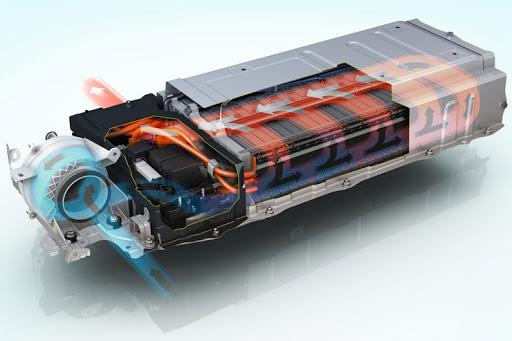
GM LS engine: everything you need to know
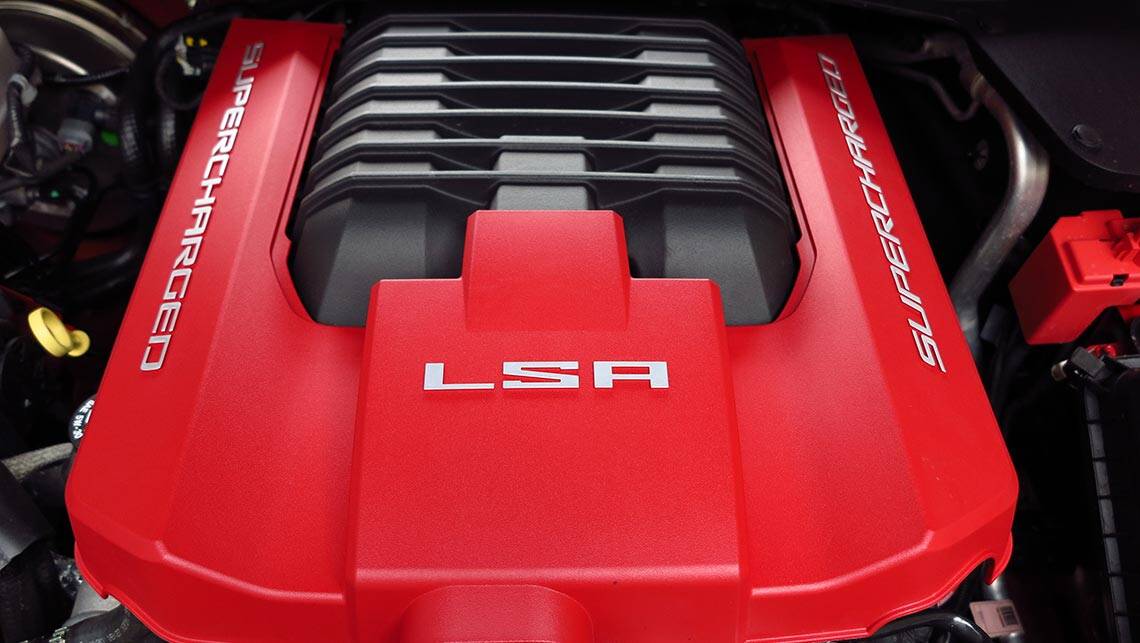
LS world!
Replacing a legend of any kind is a difficult task. But when it comes to Chevrolet's famous small-block V8 engine (which ran from 1954 to 2003 in Gen 1 and Gen 2 forms, powering everything from Corvettes to pickup trucks), any engine family trying to replace it has huge boots. to be filled. .
Of course, efficiency expectations and exhaust emissions are out of the question, and in the end, Chevrolet needed a replacement for the original small block that solved those problems. The result was the LS engine family.
The production of the small block and the LS range actually overlapped for several years (mostly in the US), with the first LS variant appearing in 1997.
This tag, also known as the Gen 3 engine, was coined to distinguish the new V8 from earlier design Gen 1 and Gen 2 small blocks.
The LS V8 modular engine family is available in both aluminum and cast iron crankcase shapes, various displacements, and in both naturally aspirated and supercharged configurations.
Like the original Chevy V8 small-block engine, the LS engine is used in millions of vehicles from various GM brands, including automobiles and light commercial vehicles.
In Australia, we have been limited (in the factory sense) to the LS alloy version in Holden branded products, HSV vehicles, and the latest Chevrolet Camaro.
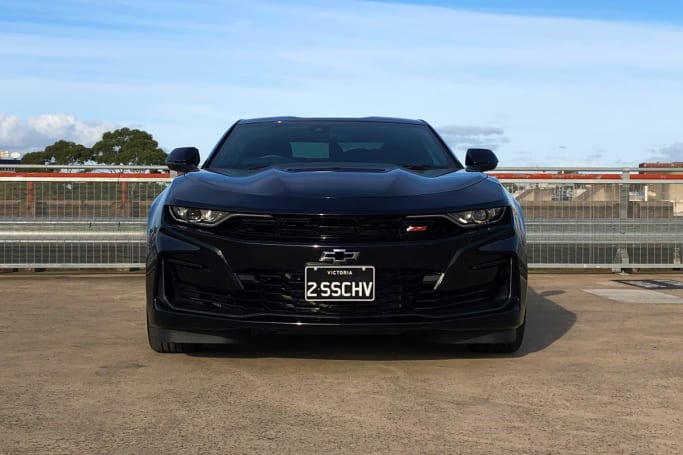 For a short time, HSV converted the Camaros to right-hand drive.
For a short time, HSV converted the Camaros to right-hand drive.
Along the way, Australian Holdens were fitted with the first iteration of the 1-liter LS5.7, starting with the 2 VT Series 1999, which boasted 220kW and 446Nm of torque at a relatively high 4400rpm.
The VX Commodore in V8 form also used the LS1, with a slight power increase to 225kW and 460Nm. Holden continued to use the same engine for its SS and V8 models as the Commodore switched over the VY and VZ models, with a maximum output of 250kW and 470Nm.
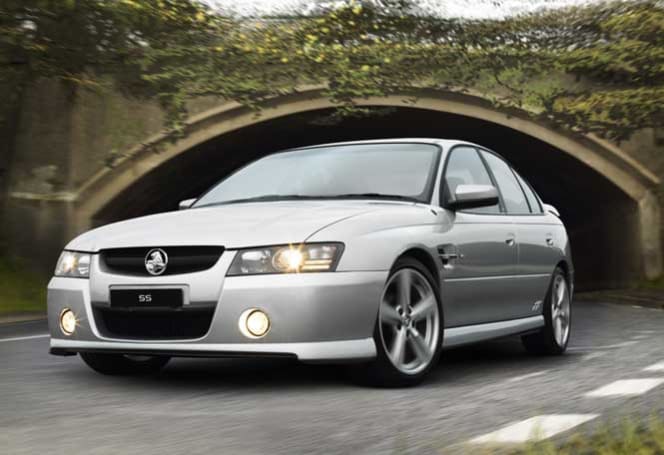 2004 Holden VZ Commodore SS.
2004 Holden VZ Commodore SS.
The most recent of the VZ Commodores also unveiled the L76 version of the LS engine, which had a total displacement of 6.0 liters and provided a slight increase in power to 260 kW but a larger increase in torque to 510 Nm.
Closely related to what is also known as the LS2 engine, the L76 was the true workhorse of the LS concept. The brand new VE Commodore (and Calais) V8 remained with the L76, but the 2 series VE and the first series of the last Australian Commodore, the VF, switched to the L77, which was essentially an L76 with flex-fuel capability. .
The latest VF Series 2 V8 models have switched to a 6.2-liter LS3 engine (previously HSV models only) with 304kW and 570Nm of torque. With a dual-module exhaust and meticulous attention to detail, these LS3-powered Commodores have become collector's items.
 The last of the Commodore SS was powered by a 6.2 liter LS3 V8 engine.
The last of the Commodore SS was powered by a 6.2 liter LS3 V8 engine.
Meanwhile at Holden Special Vehicles, the LS-family engine has also powered Commodore-based products since 1999, with a move to the 6.0-liter L76 for VZ-based vehicles in 2004 and then to the 6.2-liter LS3 for VZ-based vehicles. E-series cars since 2008.
HSV has been flexing its muscles for the last hurrah of its Gen-F vehicles with a Series 2 version powered by a supercharged 6.2-litre LSA engine with at least 400kW and 671Nm.
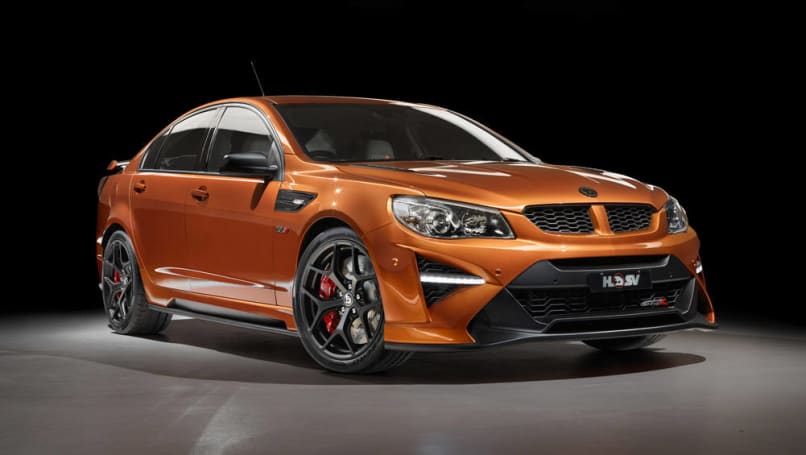 The GTSR W1 will forever be the best HSV ever.
The GTSR W1 will forever be the best HSV ever.
But it wasn't the final HSV, and the limited build GTSR W1 used a hand built version of the LS9 engine with 6.2 liters, a 2.3 liter supercharger, titanium connecting rods and a dry sump lubrication system. The end result was 474 kW of power and 815 Nm of torque.
LS engines destined for Australian service included a modified 5.7kW Callaway (USA) 300L engine for a special VX-shaped version of the HSV, as well as a stillborn HRT 427 race car that used the 7.0L LS7. engine in naturally aspirated form, of which only two prototypes were built before the project was scrapped ostensibly for budgetary reasons.
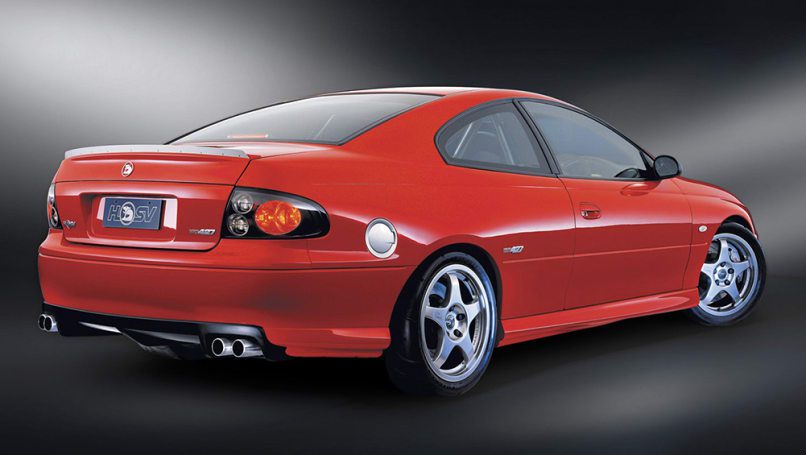 The HRT 427 concept.
The HRT 427 concept.
Numerous other derivatives of the LS exist, such as the LS6, which was reserved for American Corvettes and Cadillacs, and cast-iron truck-based versions of the LS, but never made it to that market.
To know exactly what you're dealing with (and this can be tricky since many LS engine options were privately imported here), look up an online LS engine number decoder that will tell you which LS variant you're looking for.
What is good about LS?
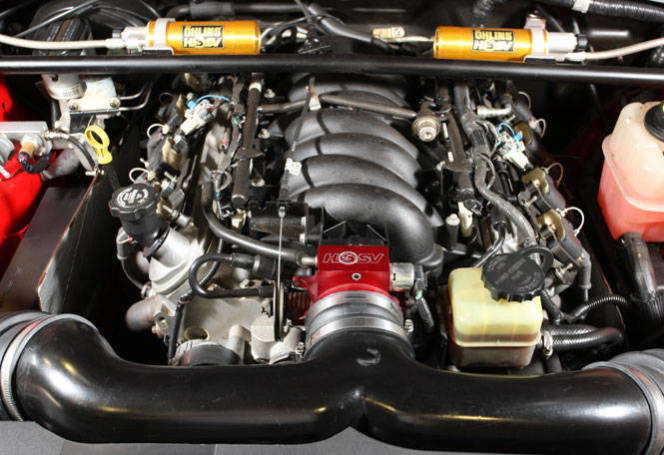 LS comes in a variety of sizes.
LS comes in a variety of sizes.
The LS engine has attracted a huge following over the years, mostly because it's a simple solution to V8 power.
It's reliable, durable, and amazingly customizable, and delivers decent power and torque right out of the box.
A big part of the appeal is that the LS family is strong. Using a Y-block design, the designers fitted the LS with six-bolt main bearings (four attaching the bearing cap vertically and two horizontally across the side of the block), while most V8s had four or even two two-bolt bearing caps.
This gave the engine, even in an aluminum case, incredible rigidity and served as an excellent base for extracting horsepower. An engine diagram showing the underlying architecture will soon show why the LS bottom end is so reliable.
The LS is also relatively compact and lightweight. The light alloy version of the LS engine weighs less than some four-cylinder engines (less than 180 kg) and can be configured for a variety of applications.
It is also a free-breathing engine design with cylinder heads that will support much more power than stock.
Early LSs had so-called "cathedral" ports for tall intake ports that allowed for deep breathing. Even the large camshaft core size feels like it was made for tuners, and the LS can handle a huge camshaft before it starts to stress the rest of the architecture.
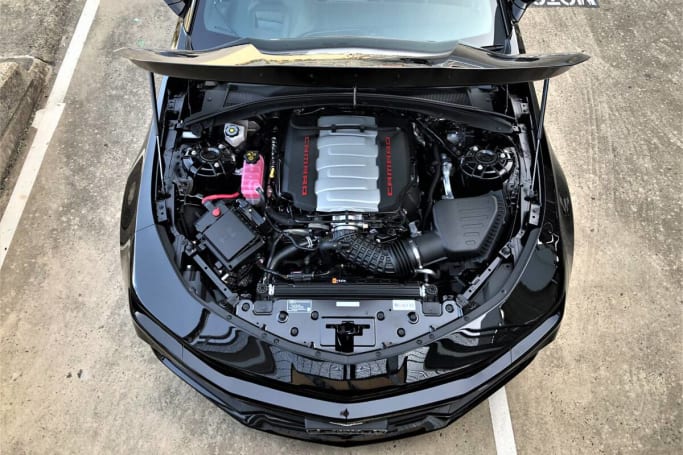 The LS weighs less than some four-cylinder engines.
The LS weighs less than some four-cylinder engines.
The LS is also still fairly easy to get and cheap to buy. Once upon a time, junkyards were full of wrecked Commodore SSs, and although things have changed a bit recently, finding a good used LS1 is a lot easier than chasing a 5.0-liter Holden engine.
LS is also cost effective. Again, this has changed quite a bit since Covid, but a used LS won't break the bank compared to alternatives.
In addition to auto disassembly, classifieds are also a good place to find an LS engine for sale. Most often, the early LS1 engine will be on sale, but later more exotic versions are also available.
Another option is the new crate motor, and thanks to the huge global demand, the prices are reasonable. Yes, the LSA crate engine will still give you a lot of fun, but that's the limit, and there's a huge range of options and engine specs along the way.
For a budget build, the best LS engine is the one you can get for a small fee, and many modifiers are content to leave used engines the way they are, based on the unit's immense durability and reliability.
Maintenance is easy, and while the spark plugs need to be changed every 80,000 miles, the LS has a lifetime timing chain (rather than a rubber belt).
Some owners have taken apart LSs with 400,000 km or even 500,000 km on the odometer and found engines that are still serviceable with minimal internal wear.
Problems
 Early LS1s in some Holden proved to be oil burners.
Early LS1s in some Holden proved to be oil burners.
If the LS engine has an Achilles heel, it will be the valvetrain, which is known to fry hydraulic lifters and clog valve springs. Any camshaft upgrade requires attention in this area, and even later versions still suffered from lifter failure.
Very early LS1s in some Holden proved to be oil burners, but this was often attributed to poor assembly at the Mexican factory where they were built.
As the quality improved, so did the final product. The large, flat, shallow crankcase also means the car must be on a perfectly level surface when checking the oil level, as the slightest angle can throw off the reading and may have been the cause of some early anxiety.
Many owners have also fiddled with the type of oil to reduce oil consumption, and quality engine oil is a must for an LS.
Many owners report some piston knock even with new engines, and while annoying, it doesn't seem to have a long-term effect on the engine or its lifespan.
In most cases, piston knocking disappeared by the second gear change during the day and did not recur until the next cold start.
In some engines, piston knock is a sign of impending doom. In the LS, as with many other light alloy engines, it seems like it's just part of the deal.
Change
 Just the 7.4-liter twin-turbocharged V8 in the Honda Civic… (Image credit: LS the world)
Just the 7.4-liter twin-turbocharged V8 in the Honda Civic… (Image credit: LS the world)
Because it's such a reliable, customizable platform, the LS engine has been popular with tuners around the world since day one.
However, the first modification that most Australian owners of earlier LS1 V8s made was to remove the crappy plastic factory engine cover and use the stock cover brackets to install a rather attractive two-piece aftermarket cover.
After that, attention usually turned to a more aggressive camshaft, some cylinder head work, cold air intake, and factory computer retuning.
The LS also responds well to a quality exhaust system, and some owners have had significant success simply by installing a free-flowing exhaust system. Sometimes even the feedback system releases a little more potential.
In addition, almost everything that can be done with the engine has been done with the LS V8. Some modifiers have even ditched the standard electronic fuel injection and fitted their LSs with a high-altitude manifold and large carburetor for retro styling.
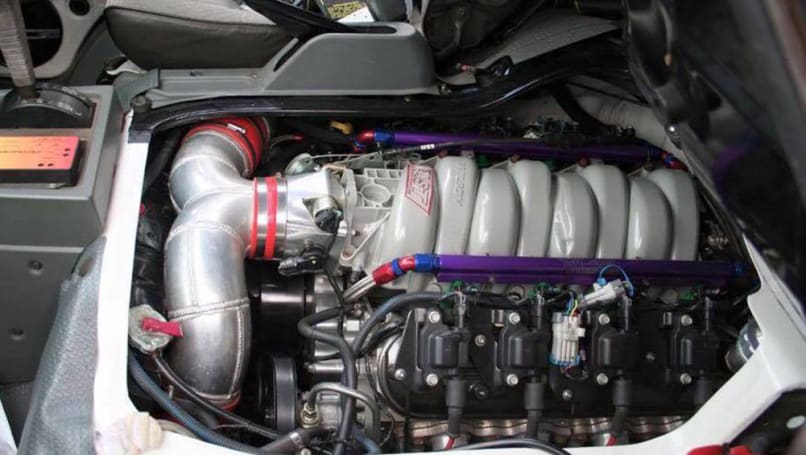 People will throw LS at anything. (Image credit: LS world)
People will throw LS at anything. (Image credit: LS world)
In fact, once you've gone beyond the basic LS recovery kit, the modifications are endless. We've seen plenty of twin- and single-turbo LS V8s (and the engine loves supercharging, as evidenced by the supercharged version of the LSA).
Another global trend is to fit LSs to everything from racing cars to road cars of all shapes and sizes.
You can buy a set of engine mounts to tailor the LS to a huge range of makes and models, and the light weight of the alloy LS means even small cars can handle this treatment.
In Australia, companies such as Tuff Mounts also have mounting kits available for many LS modifications.
The engine's sheer popularity means there really isn't a single part you can't buy for the LS V8, and there isn't an application where it hasn't been used yet. This means that the aftermarket is huge and the knowledge base is vast.
The LS family may be pushrod two-valve, but in terms of the impact it's had on the world, there aren't many (if any) other V8 engines that can match it.
